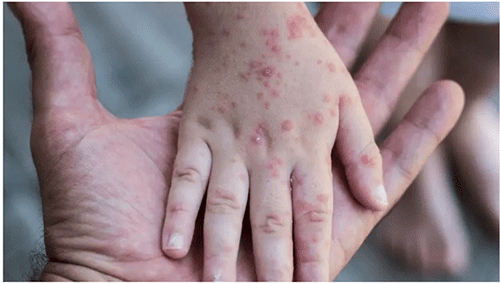The health ministry has reiterated its stance on triggering surveillance measures in lieu of the monkeypox outbreak in the world, and especially now that neighbouring South Africa reported its first case yesterday.
Monkeypox is a viral zoonosis which can be transmitted through respiratory secretions, skin lesions and contaminated objects. The characteristic signs are scabs and swollen lymph nodes.
Health minister Dr Kalumbi Shangula stated that prevention is mainly through educating the public on how the disease is transmitted so that individuals take precautionary measures.
“Namibia has not recorded a case of monkeypox but is ready to identify cases, and has the capability to confirm monkeypox through laboratory diagnosis. The public should remain calm,” he said assuredly.
South Africa’s health minister Joe Phaahla yesterday confirmed that the country has through laboratory tests detected the first case of monkeypox.
“The patient is a 30-year-old male from Johannesburg who has no travel history, meaning that this cannot be attributed to having been acquired outside South Africa. Working with the relevant health authorities, a process of contact tracing has begun,” stated Phaahla.
The disease has previously been reported in African countries such as Nigeria, DR Congo, Central African Republic and Ghana in the early 2000s.
“The current outbreak is dominated by high numbers in Europe like UK, Spain, Germany, Portugal and France. Cases have also been reported in the USA and Canada. The National Institute for Communicable Diseases is conducting online in-service training for our health workers for them to be able to detect the disease so that the necessary laboratory tests can be done,” he stated.
“The disease only spreads through close droplets, so you cannot get it by being in the same room with an infected person. Thus far, it has been dominant in men who have sat with men, but the main feature is that transmission is through close contact.”
The Centres for Disease Control and Prevention (CDC) says monkeypox spreads in different ways. The virus can spread from person to person through direct contact with the infectious rash, scabs or body fluids; respiratory secretions during prolonged, face-to-face contact, or during intimate physical contact such as kissing, cuddling or sex; and touching items (such as clothing or linen) that previously touched the infectious rash or bodily fluids. It is also alleged that expectant mothers can spread the virus to their foetus through the placenta.


